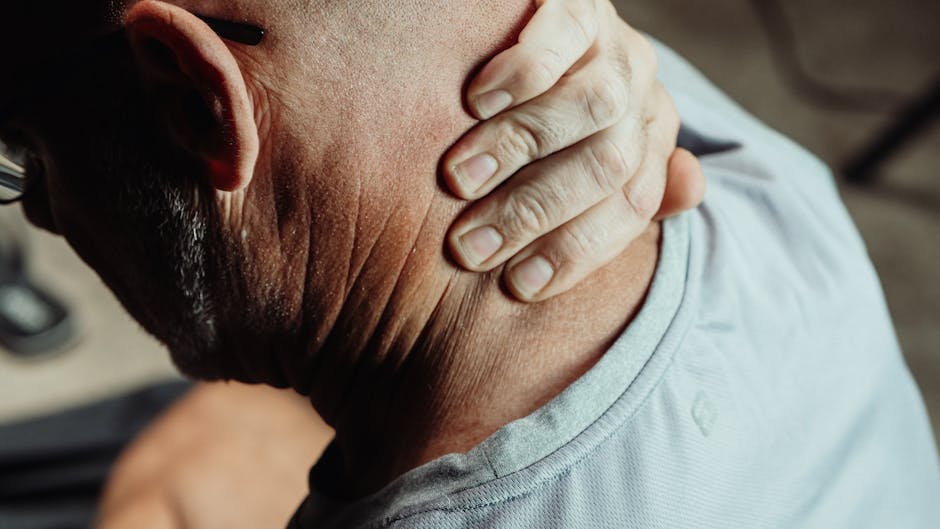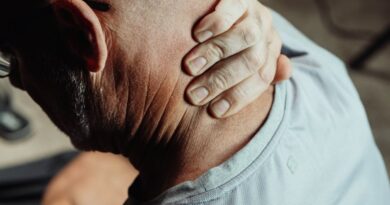The Importance of Physical Therapy After Accidents
Accidents can happen to anyone, at any time. Whether it’s a car crash, a sports injury, a slip and fall, or any other type of accident, the aftermath can be physically and emotionally challenging. In such situations, physical therapy plays a crucial role in helping individuals recover, regain mobility, and improve their overall quality of life. In this comprehensive guide, we will explore the importance of physical therapy after accidents, its benefits, and why it is essential for a full and successful recovery.
Understanding the Role of Physical Therapy

Physical therapy is a specialized form of treatment that focuses on improving a person’s physical function and mobility, as well as preventing further injury. After an accident, physical therapists assess the patient’s condition, develop a personalized treatment plan, and work with them to achieve specific goals. These goals may include reducing pain, increasing strength, improving flexibility, and restoring range of motion.
Physical therapy can be beneficial for a wide range of injuries, including but not limited to:
- Whiplash
- Fractures
- Soft tissue injuries
- Spinal cord injuries
- Head injuries
- Joint dislocations
Benefits of Physical Therapy After Accidents

There are numerous benefits to undergoing physical therapy after an accident. Some of the key advantages include:
1. Pain Relief
Physical therapy can help alleviate pain through various techniques such as manual therapy, therapeutic exercises, and modalities like heat and cold therapy. By addressing the root cause of the pain and improving overall function, physical therapy can reduce the reliance on medications and promote long-term pain management.
2. Restoring Mobility
After an accident, individuals may experience limited mobility due to injuries or surgery. Physical therapy can help restore range of motion, improve flexibility, and enhance strength, allowing patients to perform daily activities with greater ease and independence.
3. Preventing Further Injuries
Physical therapists not only focus on treating current injuries but also on preventing future injuries. Through targeted exercises, education on proper body mechanics, and lifestyle modifications, physical therapy can reduce the risk of re-injury and improve overall physical health.
4. Enhancing Quality of Life
By improving physical function and mobility, physical therapy can significantly enhance an individual’s quality of life. Whether it’s being able to walk without pain, return to work, or engage in recreational activities, physical therapy empowers patients to live life to the fullest.
Types of Physical Therapy Techniques

Physical therapists utilize a variety of techniques and modalities to help patients recover from accidents. Some common types of physical therapy techniques include:
1. Manual Therapy
Manual therapy involves hands-on techniques such as massage, joint mobilization, and manipulation to improve joint mobility, reduce pain, and enhance tissue healing. This hands-on approach can be effective in treating musculoskeletal injuries and promoting recovery.
2. Therapeutic Exercises
Therapeutic exercises are customized to each individual’s needs and may include strengthening exercises, stretching exercises, balance training, and cardiovascular conditioning. These exercises help improve strength, flexibility, coordination, and overall physical function.
3. Modalities
Modalities are adjunctive therapies that can help reduce pain, inflammation, and muscle spasm. Common modalities used in physical therapy include heat therapy, cold therapy, ultrasound, electrical stimulation, and traction.
4. Functional Training
Functional training focuses on improving specific tasks and movements that are essential for daily living and work. This type of training aims to enhance functional abilities and restore independence in activities of daily living.
Challenges and Controversies in Physical Therapy

While physical therapy is widely recognized for its benefits, there are also some challenges and controversies associated with this form of treatment. Some of the common challenges include:
1. Time Commitment
Physical therapy often requires a significant time commitment, with multiple sessions per week for several weeks or months. This can be challenging for individuals with busy schedules or financial constraints.
2. Insurance Coverage
Insurance coverage for physical therapy may vary depending on the type of insurance plan and the specific injuries. Some individuals may face limitations in coverage or high out-of-pocket expenses, which can hinder access to quality care.
3. Compliance and Adherence
Adherence to a physical therapy regimen is crucial for its effectiveness. Some patients may struggle to comply with home exercises, attend scheduled sessions, or follow through with recommended lifestyle modifications, which can impact their outcomes.
Common Misconceptions About Physical Therapy
There are several misconceptions about physical therapy that may deter individuals from seeking treatment. It’s important to debunk these myths and highlight the reality of physical therapy:
1. Physical Therapy is Painful
While physical therapy may involve some discomfort initially, the goal is to reduce pain and improve function. Physical therapists work with patients to ensure exercises and techniques are safe and effective, tailored to their comfort level.
2. Physical Therapy is Only for Athletes
Physical therapy is beneficial for individuals of all ages and activity levels, not just athletes. Whether recovering from surgery, managing chronic pain, or rehabilitating after an accident, physical therapy can help improve quality of life for anyone in need.
3. Physical Therapy is Only for Severe Injuries
Physical therapy is effective for a wide range of injuries, from minor strains and sprains to more severe orthopedic conditions. Early intervention with physical therapy can prevent long-term complications and promote faster recovery.
Conclusion
To wrap things up, physical therapy plays a vital role in the recovery process after accidents. By addressing pain, restoring mobility, preventing further injuries, and enhancing quality of life, physical therapy enables individuals to regain independence and function. Despite challenges and misconceptions, physical therapy offers tangible benefits and is an essential component of comprehensive care post-accident. If you or someone you know has been injured in an accident, consider the significant impact that physical therapy can have on the road to recovery.




